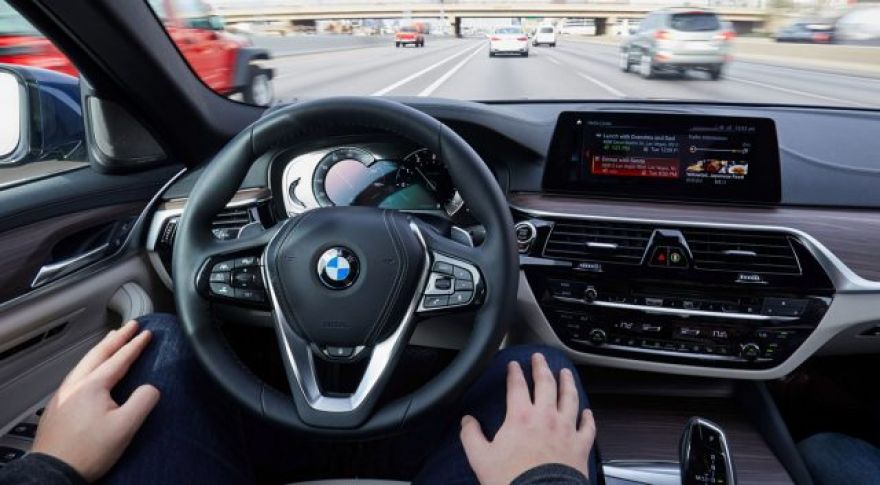
Self-Driving Cars Face an Unexpected Problem: Fuel Economy
For years, companies like Google and Tesla have made big promises about the future of self-driving cars. We’re told these vehicles will deliver significant advantages in safety and economy, with some even predicting the death of the personally owned vehicle as fleets of taxis will show up outside your door, whisk you to work, and come back. One bit of data that hasn’t really been talked about much is how much electricity is required to deliver these benefits. Current driverless car systems require between 2kW and 4kW of power to make the magic happen.
That’s the equivalent of four to eight high-end gaming desktops inside the vehicle, chewing through an enormous amount of power.
While Bloomberg the power consumption of these vehicles will drop significantly over the long term, I’m not sure precisely how true that is. Many of the components in self-driving cars are integrated systems for computer vision and various types of sensors. In traditional , there’s a long trend of miniaturization and per-transistor power cuts–but we don’t always see equivalent progress in other fields. To put it differently: If radar systems had been able to cut power consumption and increase range and detection speeds the way semiconductors have scaled up from their earliest beginnings, your phone would have a radar that could see a grasshopper jump from 20 miles away while drawing a watt or two of power, tops.
The total impact of self-driving technology is estimated to cost 5-10 percent of total fuel efficiency. Ironically, this is one of the major and most critical differences between a computer and a human: Your brain is fantastically power-efficient, blowing any artificial equivalent out of the water.
Imag
Companies are planning to introduce their first self-driving cars in the next few years, though the technology won’t go mainstream for quite some time. A person making the median household income in the top 25 US metropolitan areas can only afford to make a new vehicle purchase at the recommended “20/4/10” rule (20 percent of your income as a down payment, four year loan, 10 percent of income for interest and insurance) in one of them. As Fortune pointed out earlier this year, a person making median income in Miami can afford a $13,577 vehicle. The average new vehicle in that area is $35,368 including sales tax.
Companies like Google and Tesla have poured billions into self-driving vehicles, and they’re going to recoup those investments by keeping the technology no lower than the “average” new car price. Like air condition or center console CD players, there’s going to be a period of time–and I don’t pretend to know how long–in which these features are priced at a premium rather than introduced as a standard item. Some of that will be at consumer’s own request. Until self-driving cars have proven themselves on the road, there’s going to be a certain segment of the population that prefers to keep them as an option rather than a guarantee or requirement. Plug-in hybrids may make the most sense for this market at first, with a gasoline engine on hand to provide the power the self-driving system requires.